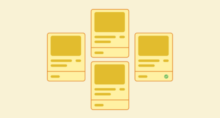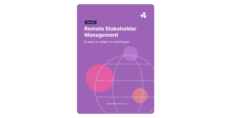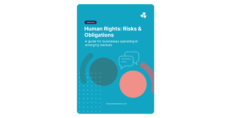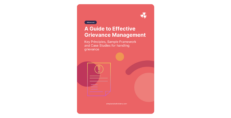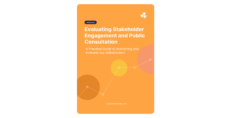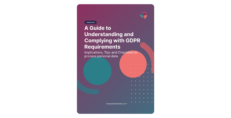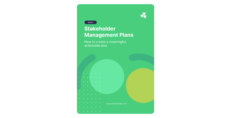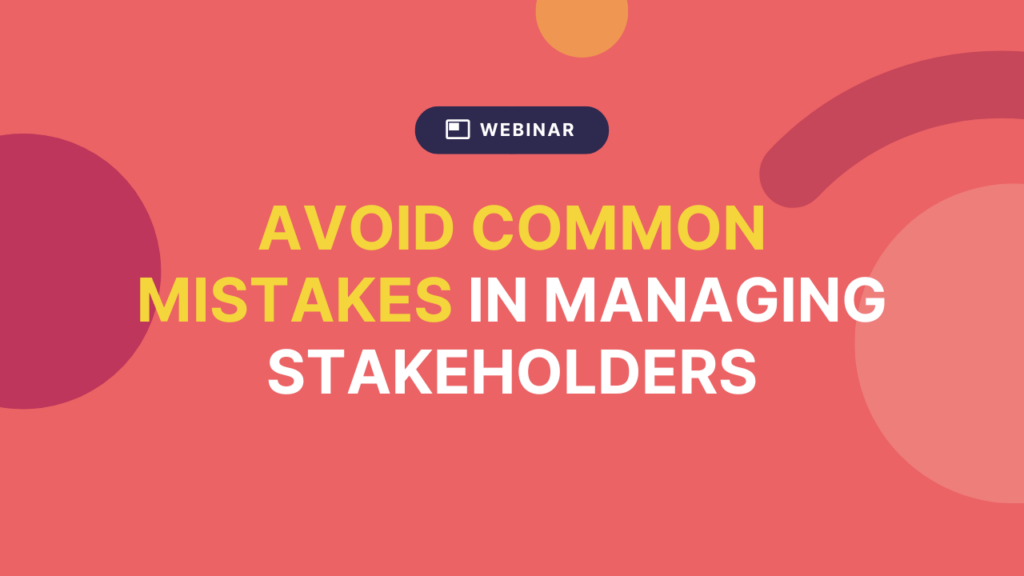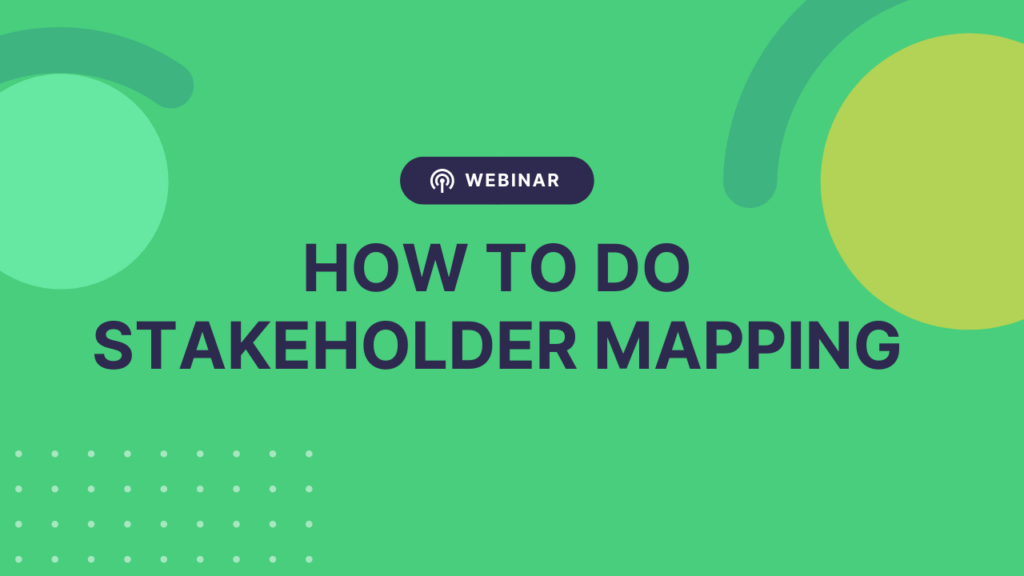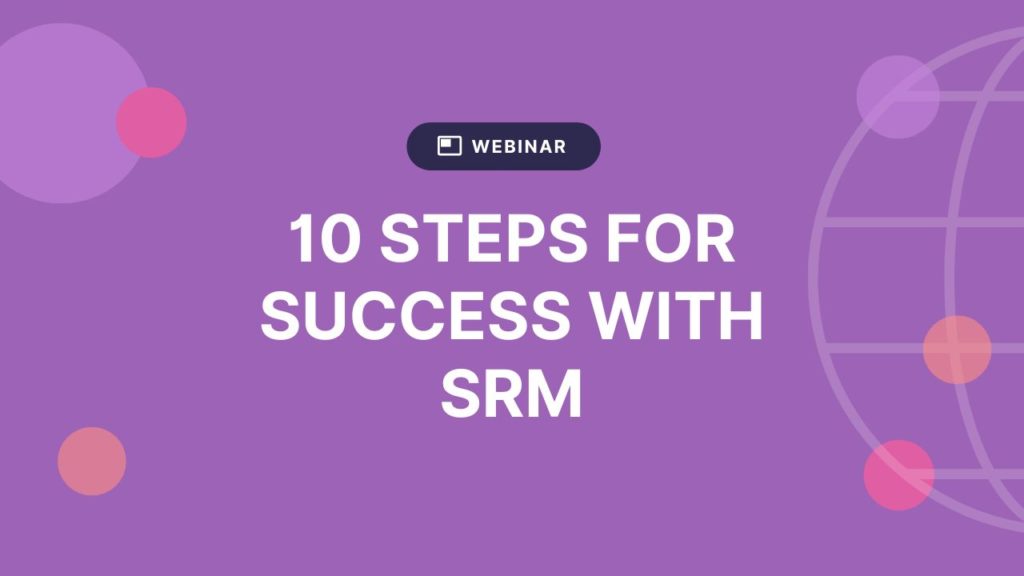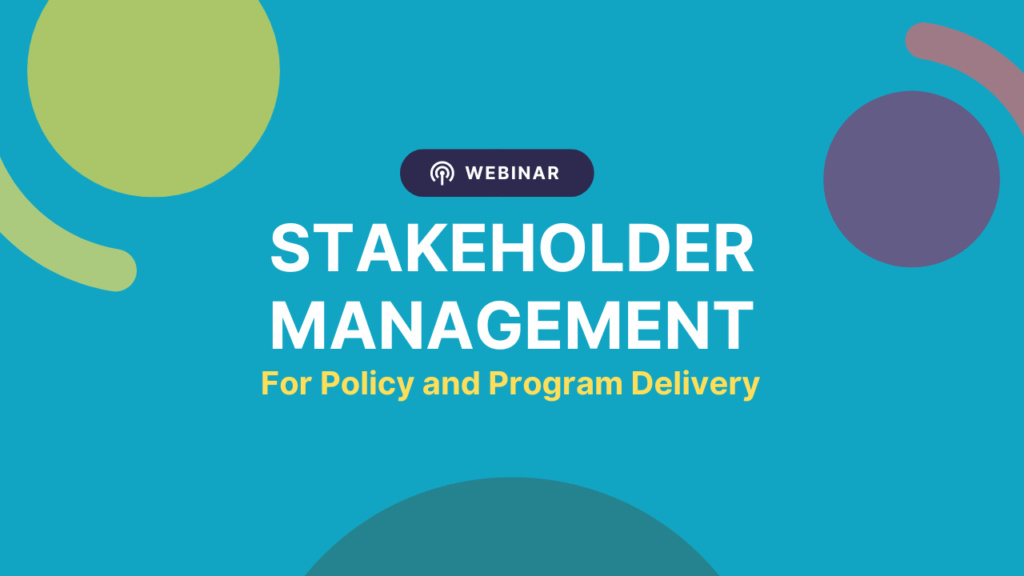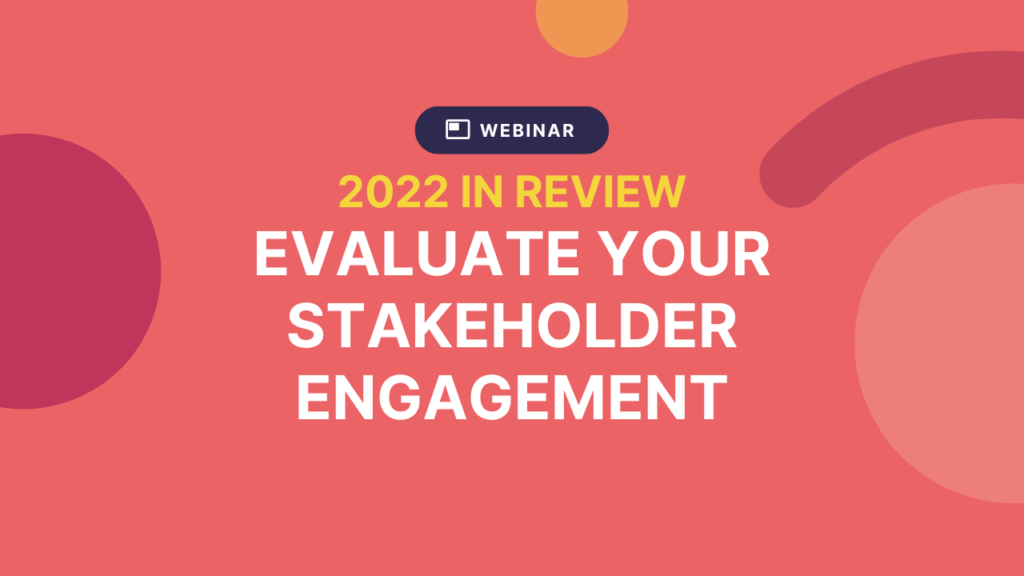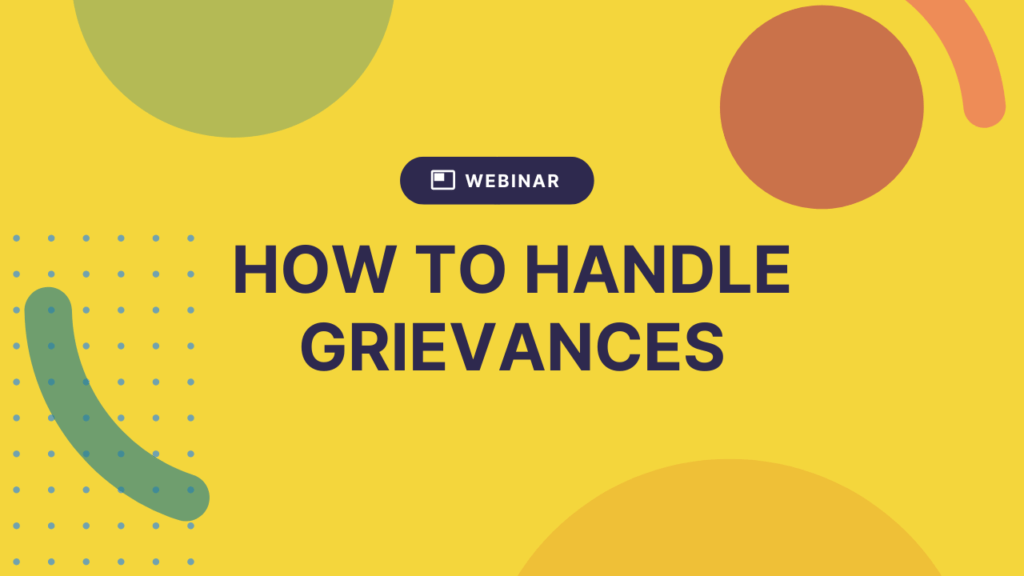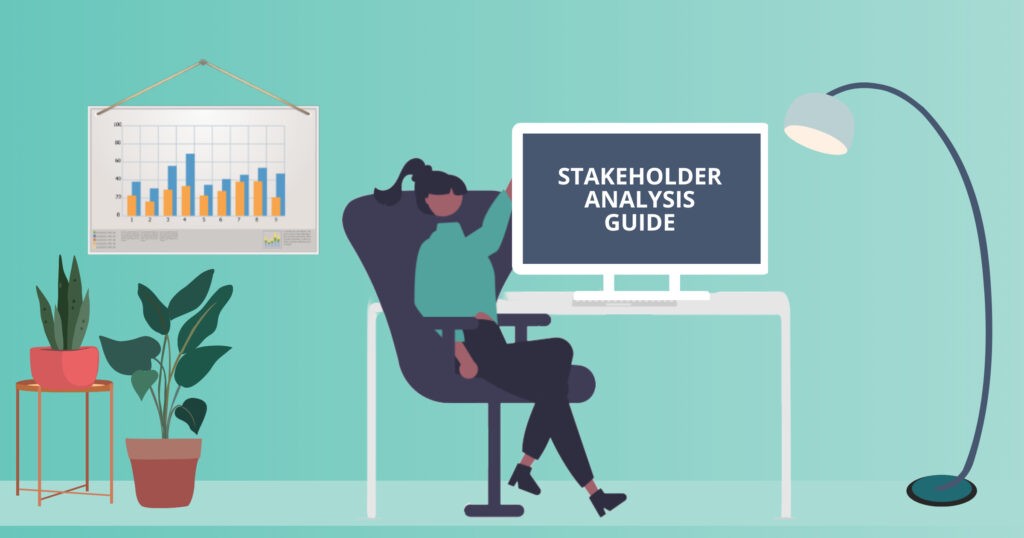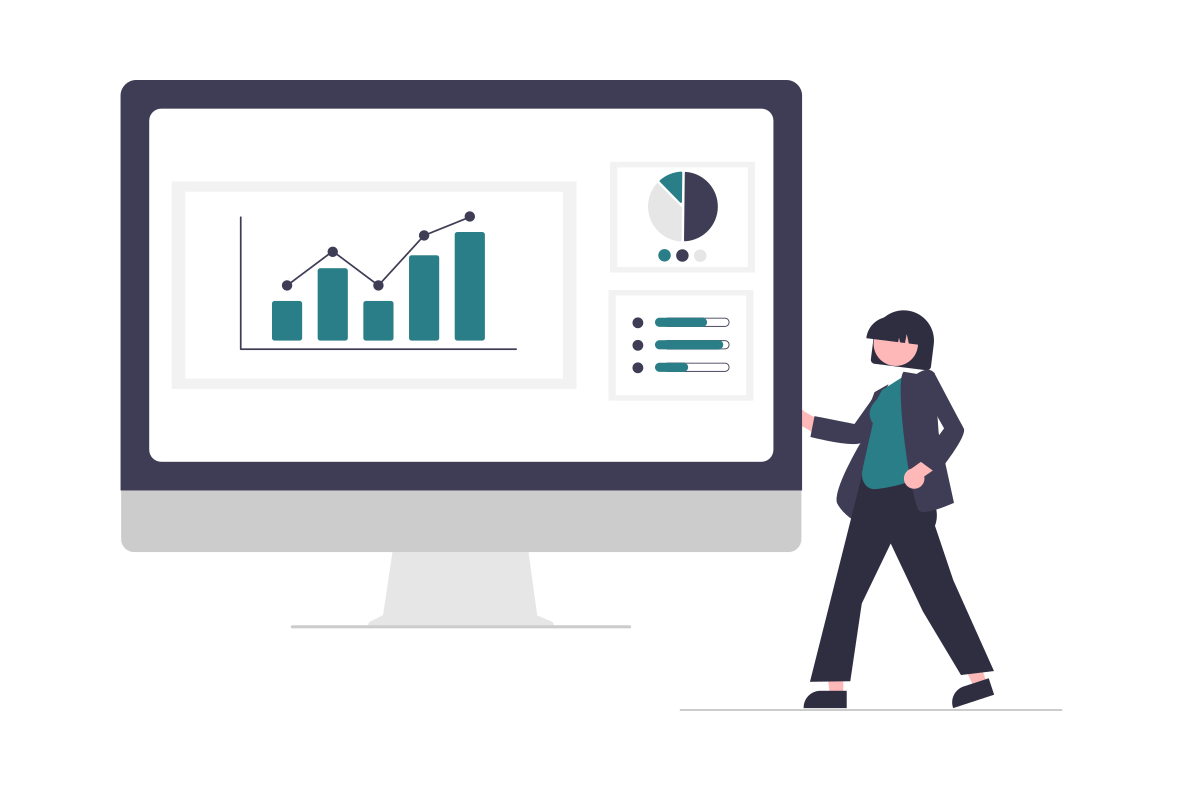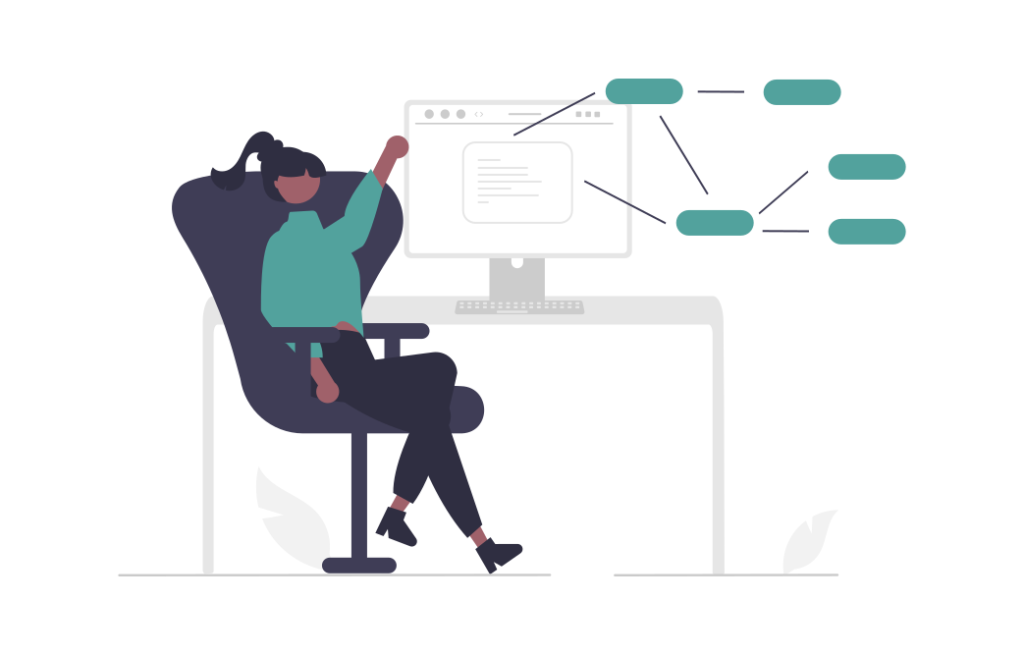6 Top Borealis Competitors and Alternatives
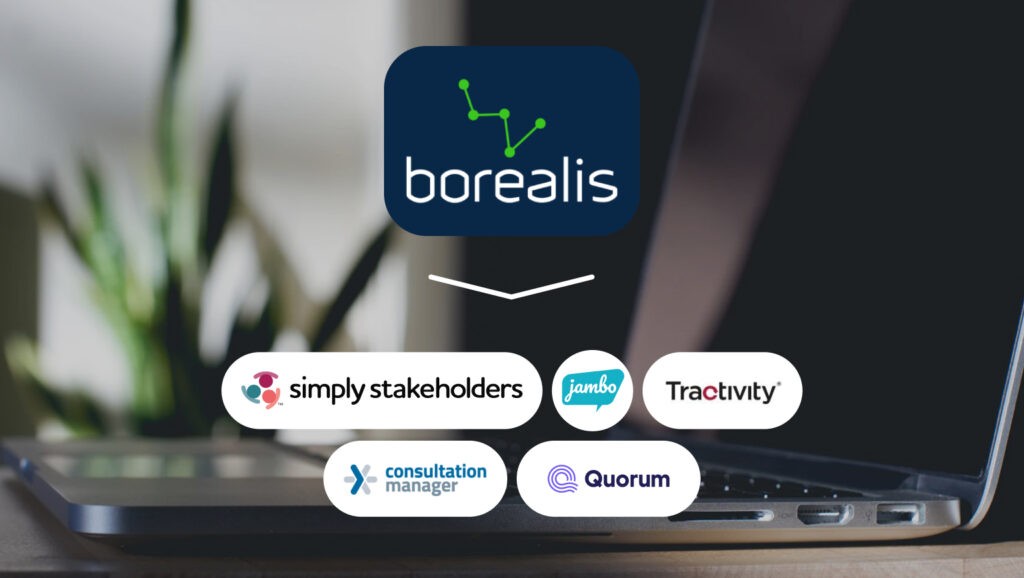
In the market for stakeholder software for your organization or a specific consultation project? Finally ready to upgrade the spreadsheets to purpose-built stakeholder management software?
If you’re already researching your options, you’ve probably come across the Canadian company Borealis.
Borealis is one of the oldest and most feature-rich environmental monitoring and stakeholder management software platforms, popular in the environmental compliance management, land management, and resources sector.
Curious about how their main features stack up against other competitors — and Borealis alternative solutions? We’ve put together this guide to break down the key features you’ll find inside Borealis, how Simply Stakeholders compares, and several other software solutions that may be on your shortlist.
Read through this guide before you schedule a demo or trial — so you’ll know what to expect, what questions to ask, and what alternatives to explore.
Borealis’ Key Features
Borealis allows you to create a stakeholder database from email contacts, excel import, or API inputs. From there, you can manage and engage stakeholders with their planning, engagement, and measurement tools. Let’s take a look at some of the main features within each of these tools — including a mixture of core features and paid add-ons.
Planning
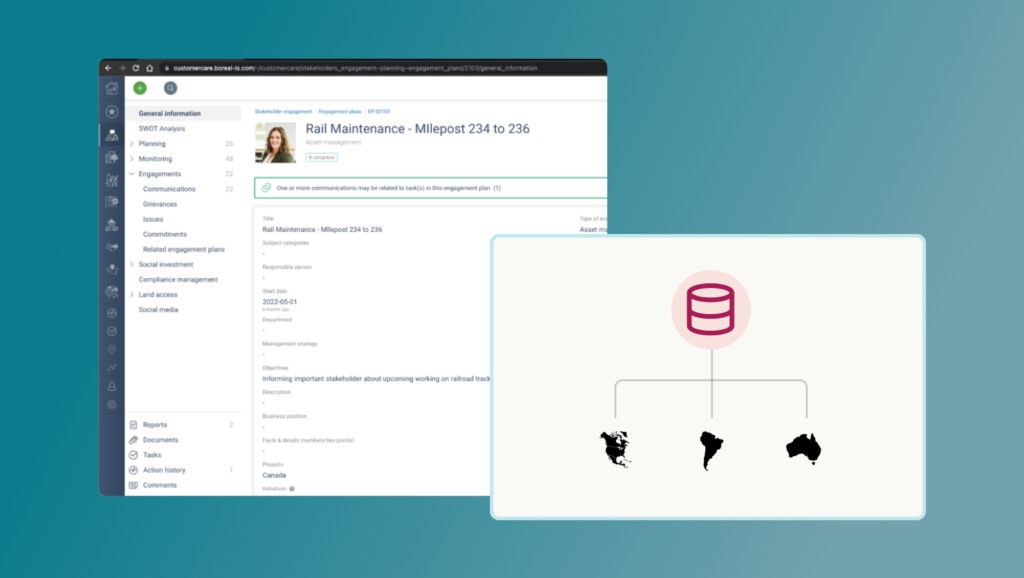
The planning tools inside Borealis are primarily geared at understanding your data and organizing your stakeholder engagement project.
- Engagement Plan: Create a stakeholder engagement plan inside Borealis, along with any associated engagement activities, assigned tasks, follow-ups, and reports.
- Mapping: Generate basic stakeholder maps to visualize stakeholder relationships on a grid with parameters like power, level of interest, and level of influence. Plus, create location maps to see stakeholder engagement activities alongside project infrastructure and assets.
- US Government Officials database: build your stakeholder lists from their integration with a database which holds US government officials details.
Other planning features include task management, customizable dashboards, calendar view, distribution lists, delegates (temporary or permanent), and a Chrome extension.
Engagement
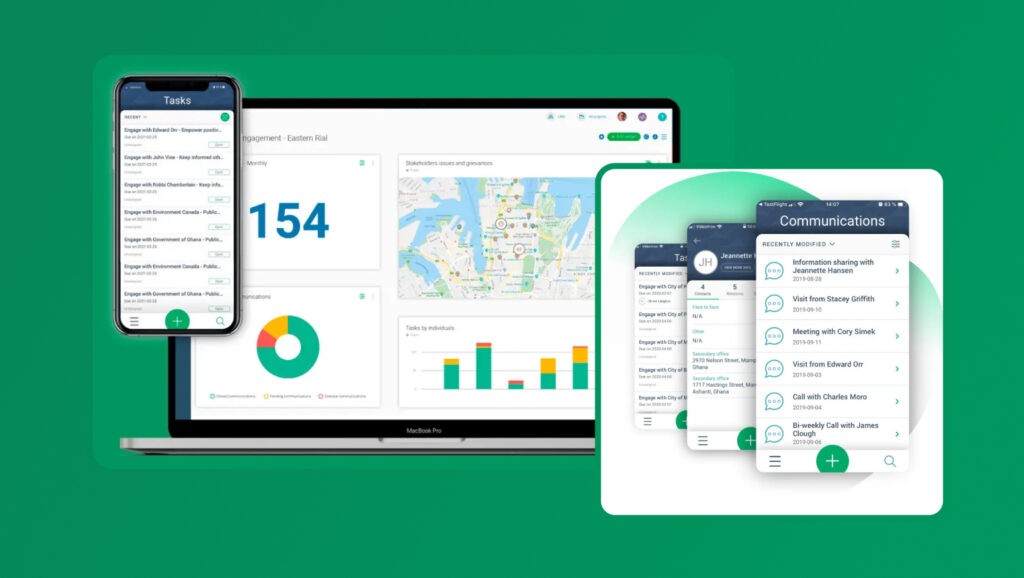
The engagement features inside Borealis are designed to facilitate stakeholder engagement activities, including capturing interaction data.
- Mobile App: The Borealis mobile app is designed for on-the-go data capture when interacting with stakeholders at events or meetings. It also allows you to add records while offline.
- Local Employment & Procurement: Borealis is known for its module that allows organizations to track and manage local employment and business development initiatives, including candidates, job offers, and contracts.
- Land Agreements: Borealis includes a module specifically for tracking land agreements, including the ability to record negotiations, payment installations, and conditions for land access.
Other engagement features include an email integration for data capture, a grievance/feedback portal, SMS messaging, email communications, shared address book, stakeholder Google maps view, file attachments, multiple languages, accessibility compliance, and an online contribution request interface. And of course, Borealis enables you to create a history of all communications.
Measurement
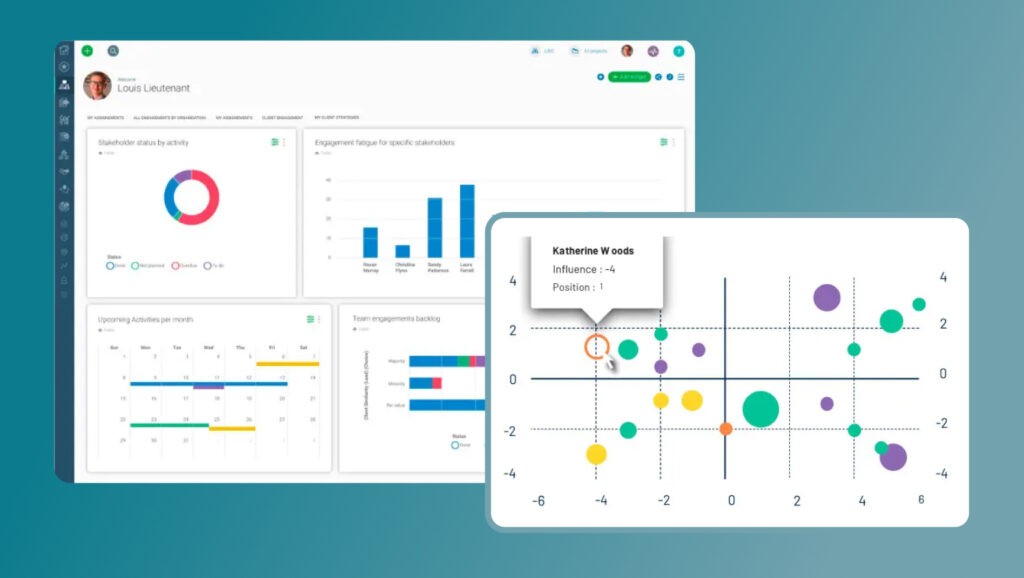
Finally the primary measurement-focused features inside Borealis are focused on data analysis and reporting.
- Audit & Activity Trail: Each record added or edited is traceable to ensure transparency for audits and to keep team members accountable.
- Analytics: Track KPIs and trends, spot changes in real time, use filters to customize data, and click into any field to access more detailed info. Choose from 10 different graphs to analyze and visualize data.
- Reports: Create reports, extract them as Excel or PDF files, and schedule regular reports.
Borealis Pros and Cons
As far as stakeholder engagement tools go, Borealis covers off most of the major features you’d expect to find in a standard stakeholder management platform. It ticks a lot of boxes for recording stakeholder data and it places a strong emphasis on data security, audit trails, and access control, which is important for customers in their core target market with a lot of data regulation requirements.
In addition to the core components, it has a few key advantages for organizations that prioritize certain industry-specific capabilities, such as its local employment and procurement tool, and purpose-built land agreement tracker. The Borealis mobile app is also an advantage for customers that require offline access while out in the field.
That said, Borealis falls short in some critical areas compared to other solutions. In particular, it lacks advanced analytics capabilities, advanced stakeholder mapping, and relationship tracking. The lack of qualitative analysis, sentiment analysis, tagging, and relationship health scores are all huge gaps in Borealis’ capabilities. Users may also find the platform harder to navigate due to limited search capabilities and a lack of linking between stakeholder records and other relevant tools and records.
However, perhaps the biggest con for teams that choose Borealis is its complexity, resulting in user-reluctance, poor adoption and long lead times. It’s normal for Borealis’ implementation and onboarding process to take 3-6 months, with a lengthy initial training period due to the complicated user interface and experience. Borealis is also considerably more expensive in license, onboarding fees and ongoing resourcing costs and that can also be a disadvantage for some organizations.
Simply Stakeholders: Borealis’ Top Competitor
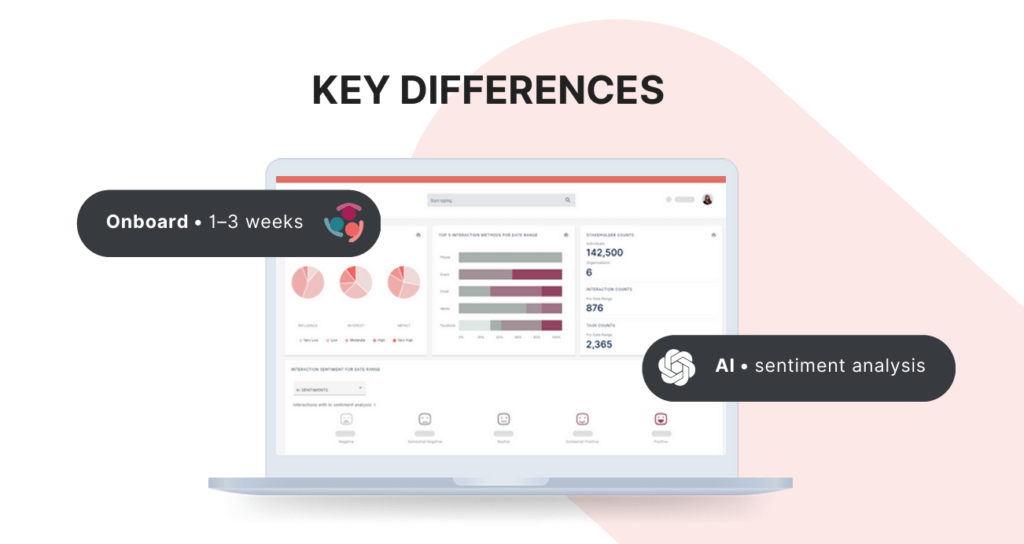
Simply Stakeholders is Borealis’ primary competitor, and the products share a lot in common. In fact, both our Borealis and our parent company (Darzin) were founded in the same year (we recently celebrated 20 years!) and are the best known solutions on the market today. We also share many of the same core features, such as a stakeholder contact register, Outlook and Gmail plugins, easy data import, customizable dashboards, customizable reporting, and the ability to create a complete history of your engagement. Both products are available in multiple languages, hosting in various geographies, and offer clear pricing with unlimited projects and records, and include support.
However, Simply Stakeholders offers a number of key differences when you compare the products side by side:
- Qualitative Analysis: Analyze interactions and comments to understand the key issues, themes, and stakeholder sentiments. The use of our self-hosted AI models and algorithms automates a lot of the analysis giving you better quality analytics and reporting, with less user effort.
- Stakeholder Mapping: Conduct stakeholder mapping and generate a range of flexible charts based on multiple dimensions and criteria to understand, prioritize, and segment stakeholders. Importantly, in Simply Stakeholders the stakeholder mapping is actionable and reportable, not just a static data input like it is in Borealis.
- Stakeholder Network Maps and Complex Relationship Tracking: Track a stakeholder’s multiple roles in various organizations (they might be a Board member for another organization for example). Track stakeholder connections to their co-workers, your staff, and people from other companies. Plus, create dynamic 3D relationship networks to visualize how stakeholders are connected and see the health of each relationship via the Relationship Health Score.
- Flexible Forms: Create embeddable web forms and surveys you can use for registrations, feedback, complaints, and more, with a wide range of question types and skip logic functionality. All data captured is in the system, analyzed for sentiment/issues, tagged, and linked to the relevant stakeholder(s).
- Advanced Email Plugins: Do more from your email account itself – from logging an email as a Compliant, Commitment or general email; assign confidentiality; add tags, share with other projects, and more. Choose to automatically save all future emails to and from a stakeholder, and have any issues you are tracking automatically tagged. Any emails saved from your Outlook or Gmail will have issues automatically tagged, and any workflows automatically triggered. While Borealis also has email plug-in, they are pretty limited in their functionality.
- Task & Project Management: Easily stay on top of tasks, commitments, and grievances with kanban task boards and automatic reminders. Link tasks to stakeholders, interactions, complaints, commitments, and properties to plan, manage, and collaborate on key elements of your engagement.
- Automated Workflows: Manage many of your routine tasks as well as ensure consistency of engagement by setting up workflows. For example trigger a workflow if a high influence stakeholder hasn’t been engaged for a certain number of days, or if an interaction raising a particular issue with a low sentiment score is recorded.
- Flexible Integrations: In addition to the Gmail plugin, Outlook plugin, and API, Simply Stakeholders offers an API integration for quick connections to all your favorite tools; and a Zapier connection for very easy integration to hundreds of other tools.
Of course, there’s much more than that. Check out a full list of features…
How Simply Stakeholders Compares to Borealis
Let’s take a closer look at how Simply Stakeholders compares to Borealis across a few common use cases and functions.
Flexibility
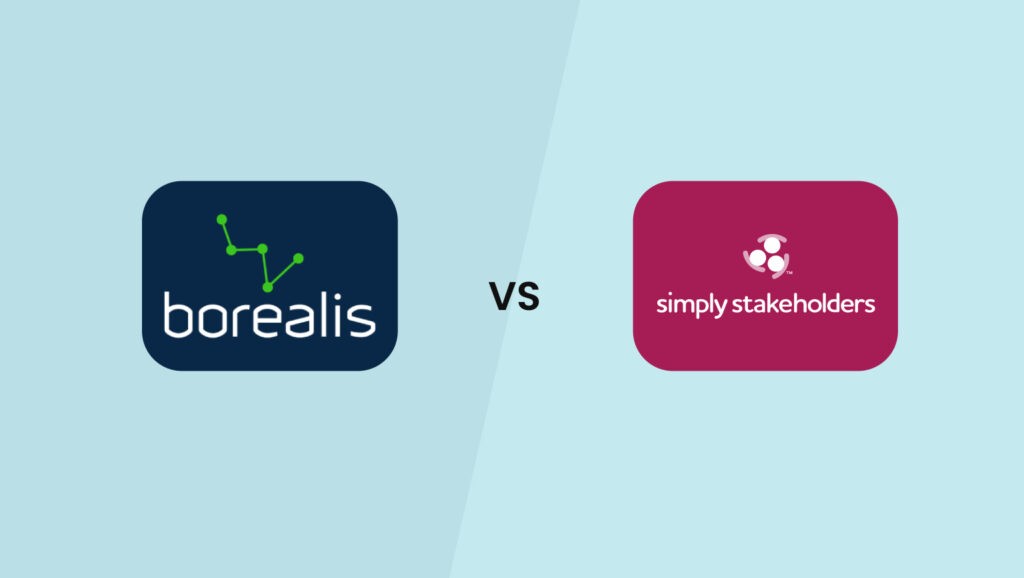
In most cases, you’ll want your stakeholder management platform to be flexible so that you can customize it to suit your specific industry, project(s), team setup, and engagement approach.
Although Borealis contains some unique features, these tend to be quite industry and location specific. For example, they have dedicated Local Employment & Procurement and Land Agreements modules — which may be useful for certain industries. But Simply Stakeholders’ task management feature easily covers the functions because tasks can be linked to stakeholders, interactions, complaints, commitments and properties. You can even set up separate boards to track agreements, commitments, complaints, and more. And with custom fields, Simply Stakeholders allows you to track anything.
That’s why Borealis is, perhaps, popular among specific industries that are heavily compliance-driven (like mining), but Simply Stakeholders is broadly used across many sectors, including government, energy, resources, health, non-profit, and corporate.
Another example of specific vs flexible functionality is Borealis’ grievance and feedback portal. Simply Stakeholders allows you to create surveys and embeddable web forms that can do the same thing as Borealis’ portal, but with more flexibility. Because in addition to grievances and feedback, you can also use web forms to capture registrations, applications, comments, and complaints.
Powerful Analytics
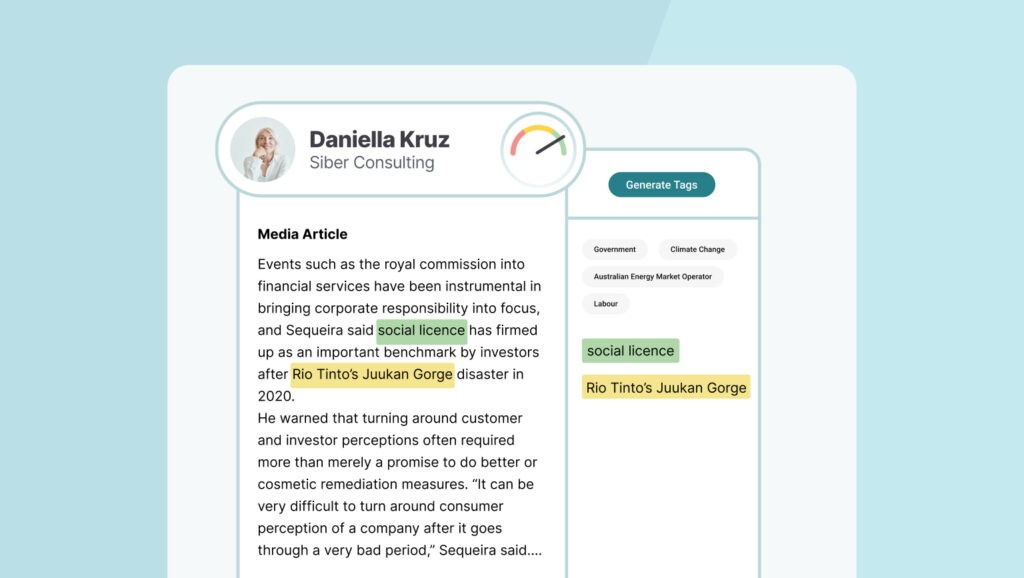
If you need strategic insights from your stakeholder data, Simply Stakeholders is the clear winner.
Although Borealis offers some insights, filtering options, and basic graphs (similar to most other stakeholder software), their analytics capabilities don’t go further than surface-level. It lacks qualitative analysis, sentiment analysis, issues tagging, and relationship health scores.
Simply Stakeholders has a strong focus on analytics and insights. We are the only stakeholder relationship management platform that enables qualitative analysis of stakeholder comments (including meeting notes, emails, or any interaction). Our AI-driven sentiment analysis shows how stakeholders feel so you can be strategic about who you approach and when. Our Relationship Health Score calculates the health of each relationship. And automatic issues analysis and tagging means you can see what people care about — in real time, each time you add new data and interactions. Best of all, these insights happen efficiently, automatically and safely – thanks to our own hosted AI models and algorithms.
With Simply Stakeholders, you get actionable insights about who is most important to your mission right now, who they’ve spoken to, what was said, how they feel, how healthy your relationship with them is, and who’s in their network. You can also create your own dashboard style reports making it easy to access and share those insights with team members.
Advanced Stakeholder Maps
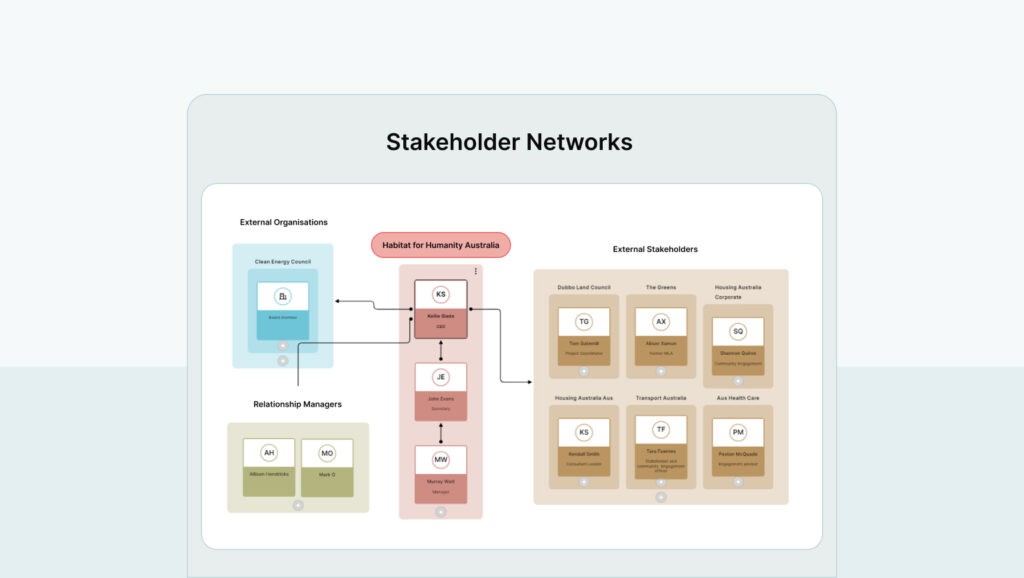
Stakeholder mapping allows you to place stakeholder attributes on a chart to visualize your data, compare how different stakeholders are positioned, track change over time, and understand stakeholders based on the attributes.
Borealis’ stakeholder map feature is static — designed to be repeated as a team exercise every 3, 6, or 12 months. It allows for up to 8 axes: position, importance, impact, influence, reach, legitimacy, priority, and interest.
Simply Stakeholders does stakeholder mapping differently. Our founder and key team members worked in the industry for years and during that time, developed a proprietary stakeholder mapping methodology which is baked into our platform. Our multidimensional stakeholder maps cover six different criteria based on best practices: influence, impact, interest, criticality, effort, and position (or you can customize criteria to your needs). From this criteria, you can generate pie charts, scatter plots, or stacked bar graphs. Importantly, we make stakeholder mapping actionable, driving your engagement strategic and reporting.
In addition to this, Simply Stakeholders offers dynamic 3D relationship network maps. These allow you to visualize all your stakeholder networks, including their connections with other stakeholders, their coworkers, your internal team, and people from other companies.
All of our maps are also dynamic, which means that any updates to your stakeholders (such as a decrease in effort, or change in position) are automatically reflected in the diagrams and maps they’re linked to. You can also click into your maps to see more details and get a more complex picture because they’re connected to the rest of your data. As a result, you can continually reference up-to-date stakeholder maps to see who’s most important to your mission, right now.
Organizing and Finding Data
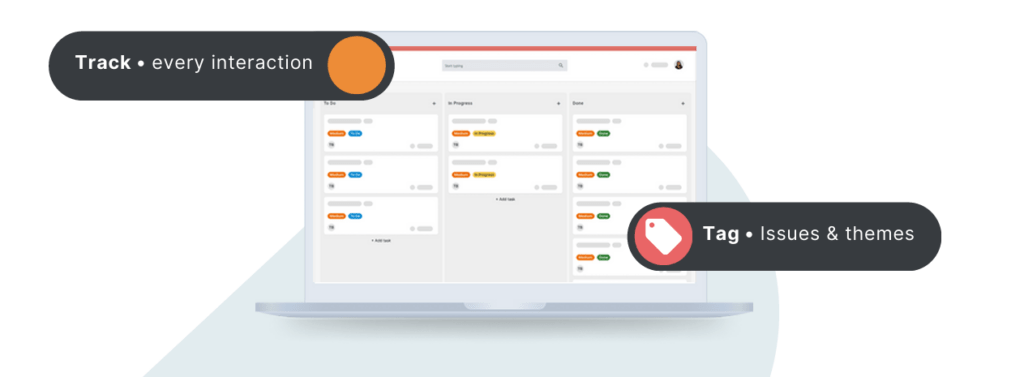
Another key point of difference between Simply Stakeholders and Borealis is how the data is organized and navigated. On the surface level, they’re quite similar. Stakeholder records and interactions are captured in a similar way — via spreadsheets, integrations, and email plugins.
But Simply Stakeholders makes it much easier to organize the data and get a complete picture because of its linking capabilities. You can link individuals to multiple organizations, business units, and other individuals. You can also link projects to multiple organizations and individuals. Plus, you can tag stakeholders (and even specific sentences within documents!) for reporting on precise data.
Lastly, it’s easy to find anything in Simply Stakeholders with Smart Search — one simple search across all your stakeholders, tasks, projects, and documents.
Implementation Time
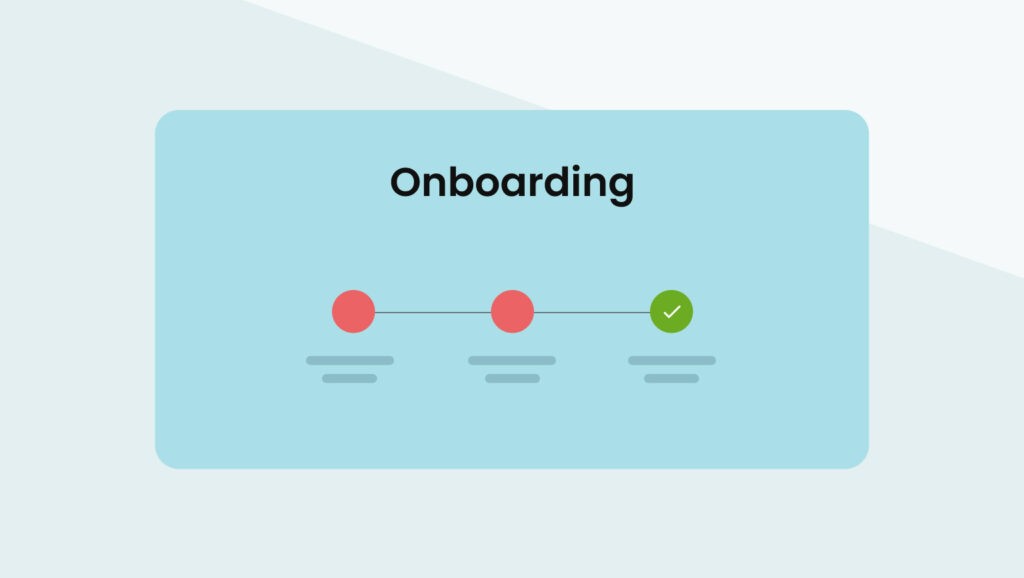
Unless you have at least 3-6 months and a lot of resources to devote to setting up and maintaining a very complex system, Simply Stakeholders is the clear choice as your stakeholder management platform.
Borealis’ implementation, onboarding, and training is known to take up to half a year due to the system’s complexity and their setup processes. But Simply Stakeholders’ rapid implementation and user-friendly system means that you can be up and running in as little as 2-3 weeks with our core plan. And that includes a short (but comprehensive) training session.
Innovative Modern Solution
Simply Stakeholders publishes updates every 3 weeks (compared to the 4 updates Borealis publishes each year). What this means for you is that the Simply Stakeholders team is more responsive to your requests – suggestions are acted on quickly and promises are delivered. Simply Stakeholders encourages feedback and implements most of that feedback in a very timely manner.
It also means that you are getting a modern system, designed for today’s work and standards. Simply Stakeholder’s advanced use of AI in multiple areas of the platform makes it easier to use and get better insights. Simply Stakeholders also hosts it’s own AI models and algorithms, giving customers confidence in how their data is being used and secured.
5 Other Borealis Alternatives
What about some other Borealis alternatives? There are a few other top contenders you might want to research and demo, depending on your specific use cases. This includes Tractivity, Jambo, Consultation Manager, Quorum, and some more generic tools.
Tractivity
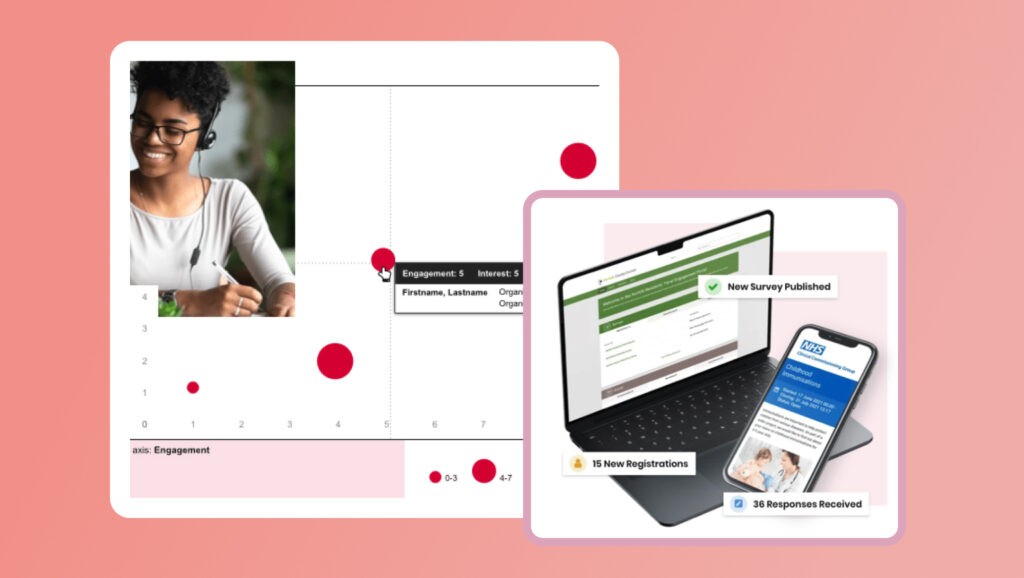
This UK-based system includes a stakeholder database, features to organize stakeholder data, tools for planning your engagement, and a range of features for engaging with stakeholders.
Many of Tractivity’s features are common to most modern stakeholder engagement software, including a full engagement history, communications, tasks, surveys, forms, attachments, feedback/issue management, dashboards, and reports.
Tractivity’s main point of difference is perhaps their engagement portal — a public-facing branded platform for stakeholders to register, raise grievances, and complete surveys. In addition to this, they have some stakeholder mapping capabilities, allowing users to produce a stakeholder matrix chart that compares up to three main attributes. Tractivity also has a strong focus on data security, integrations, and UK public affairs (via their partnership with Mapolitical).
In summary, Tractivity is a decent all-rounder and worth exploring as an alternative to Borealis if you have a strong UK presence, a focus on UK politicians, and you don’t need advanced stakeholder analysis or mapping capabilities.
Jambo
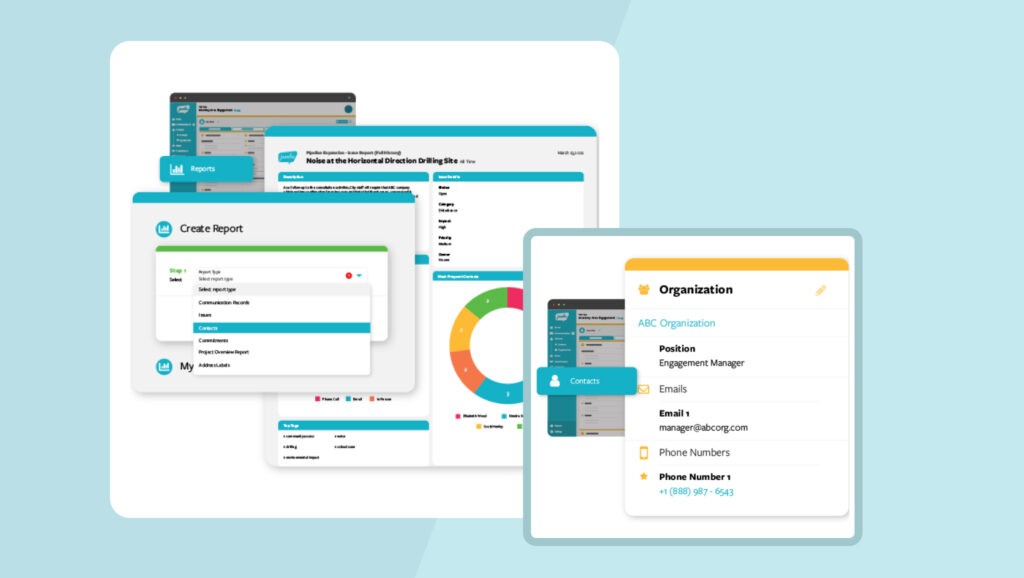
Jambo is a Canadian stakeholder management software designed for teams looking to upgrade from CRMs or spreadsheets.
Features include contact records, linked interactions, issues and commitments tracking, user permissions to protect sensitive data, simple reports or summaries, monitoring dashboards, tasks, reminders, tagging, communication campaigns, geospatial data, and more. It also allows users to add new communication records and events directly from Outlook or Gmail, and has an API for integrations.
Overall, Jambo’s features are standard to most stakeholder management platforms, like most other Borealis alternatives. It covers the basics, but doesn’t do anything too special — especially when it comes to getting insights from the data.
Consultation Manager
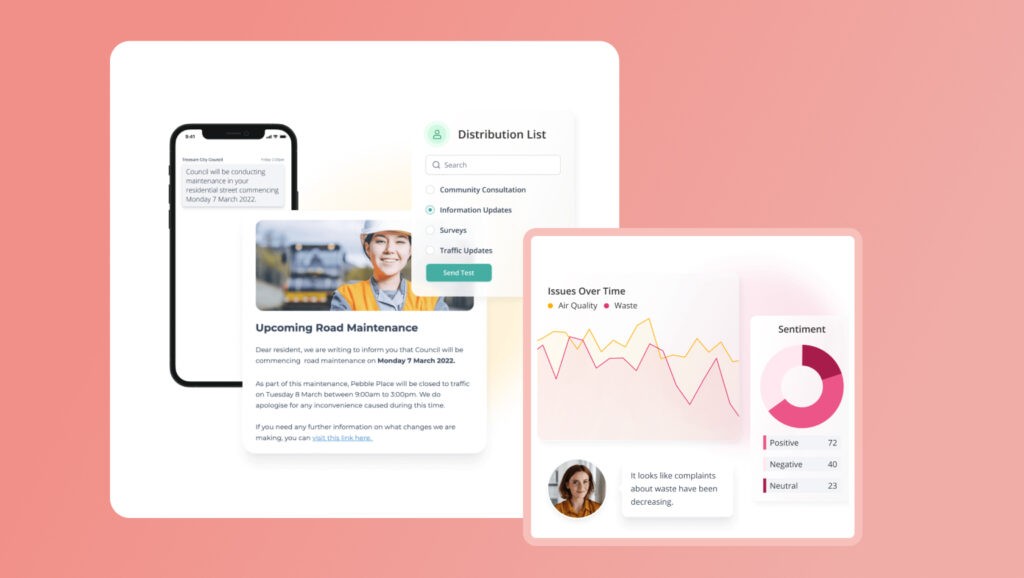
Consultation Manager was originally designed for tracking stakeholder contacts on infrastructure projects. They’re strongest in compliance-driven record keeping and supporting call centers to record inbound feedback.
The software offers limited capabilities for stakeholder analysis, no qualitative analysis, limited stakeholder mapping, and only basic webforms. It includes standard features like spreadsheet data importing, SMS and email communication, notifications to track tasks, and reports.
Overall, Consultation Manager could be a solid option for tracking engagement on transport and infrastructure projects, especially if record keeping for compliance is your main focus and you don’t anticipate needing a lot of insights.
Quorum
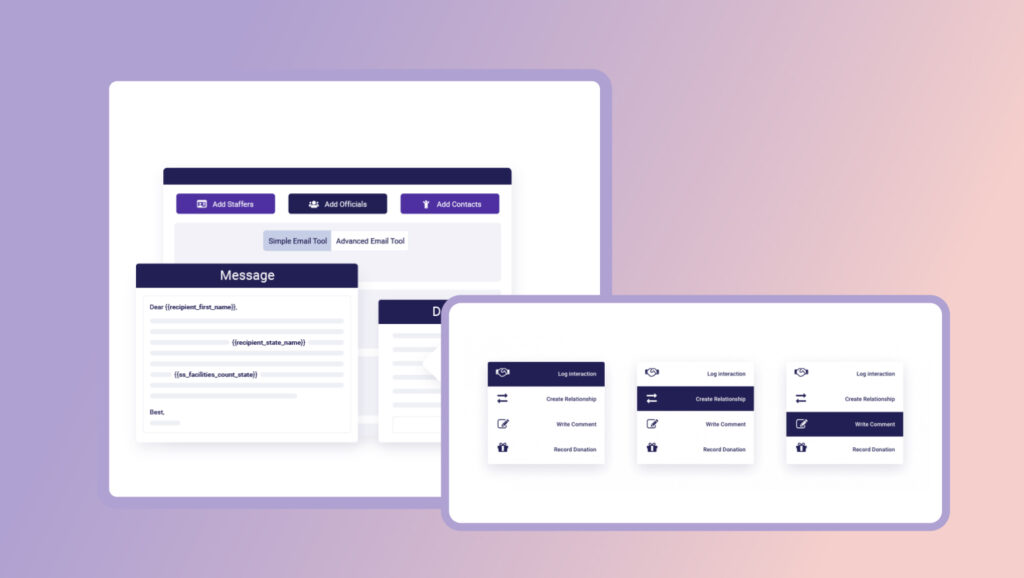
Quorum is US software built for public affairs — making it a Borealis alternative for the public relations sector, or for engagement professionals focused on grassroots advocacy or engaging with state, local, or federal governments.
Their solutions include bill and legislation tracking software, a grassroots advocacy CRM, relationship mapping, tracking dashboards, reporting, stakeholder contact records, interaction logger, email and event management, and regulatory tracking.
Quorum is a very specific solution and worth exploring if you’re operating or engaging in the public sector in the USA. However, because it does a lot more than stakeholder relationship management and engagement, it may also lack the user-friendliness and engagement-specific tools and insights found in other products.
Generic Tools
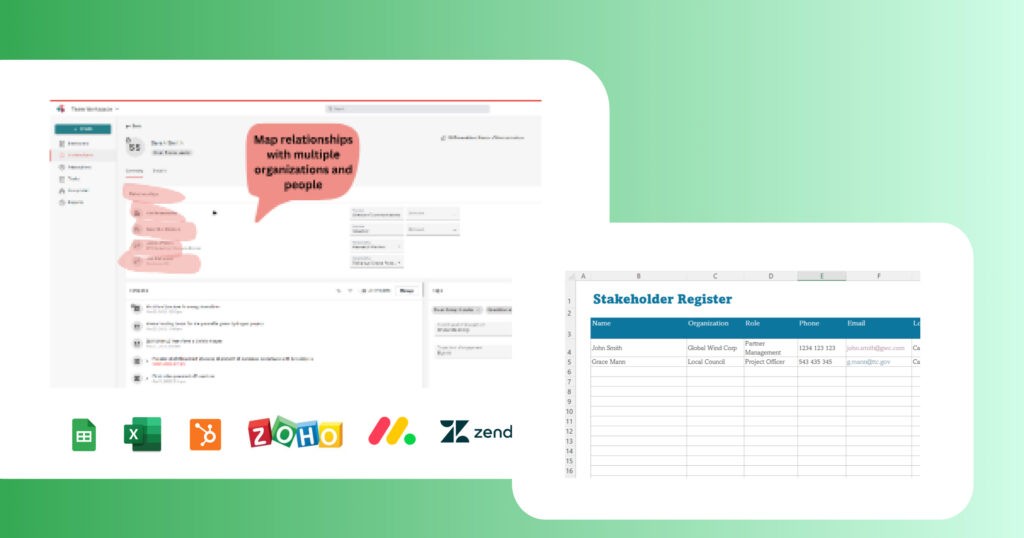
Lastly, it’s worth mentioning that you don’t have to use purpose-built stakeholder software in order to engage stakeholders or manage them. If you’re running a small-scale engagement and don’t need advanced reporting, analysis, mapping, collaboration, and tracking capabilities, you might be able to get away with using generic tools for now.
For instance, spreadsheets can be a practical, simple solution for your stakeholder register — you can even use a notes column to track your interactions with stakeholders. And you can adapt existing tools like CRMs and project management software to help you manage your communications and tasks in relation to your engagement.
If you start to get frustrated with the limitations of your current toolset as your stakeholder list, organization, and engagement requirements grow, you’ll know it’s time to upgrade from the generic tools to one of the software alternatives mentioned here. Read more about why spreadsheets and CRMs don’t work for corporate relationship management and common reasons to leave spreadsheets behind.
Experience the #1 Stakeholder Management Platform
If you’re looking for the best stakeholder management platform, you can’t go past Simply Stakeholders. When you compare our solution to the alternatives, we come out on top thanks to our detailed analytics, powerful insights, advanced stakeholder mapping, flexibility, and user-friendliness. Plus, our implementation and onboarding is super fast.
Become a Subscriber Don’t miss out on more insights like this! Subscribe to get our regular updates.
Speaking of experience… there’s one final advantage to Simply Stakeholders over nearly all the alternatives. We’re highly experienced! Having worked in the industry ourselves, we’ve designed Simply Stakeholders to maximize your chances of success with stakeholder software. And we have a dedicated customer success team to guide you through the journey, along with best practice templates, regular check-ins, and responsive technical support.
Ready to see Simply Stakeholders for yourself? Reach out to our team — we’d love to take you through a personalized demo. Or contact us if you’d like more info about how our system works so you can compare it with Borealis or another alternative.

